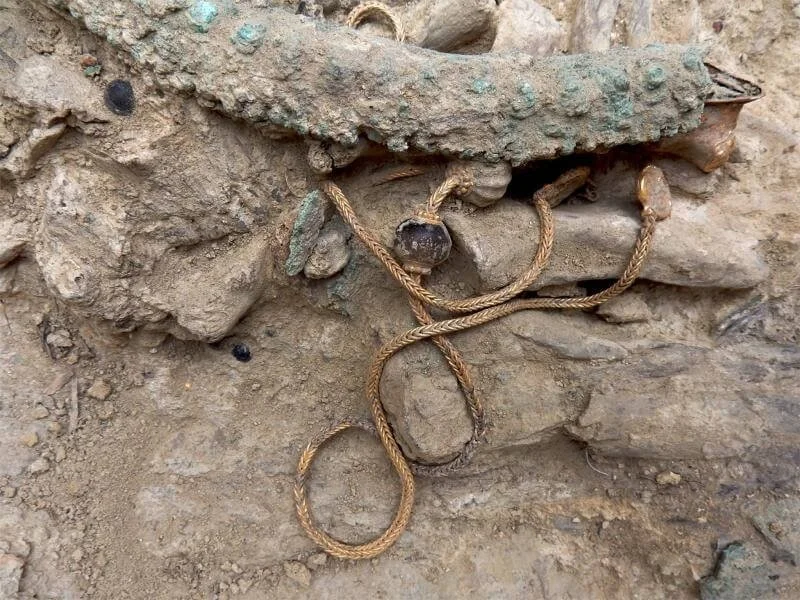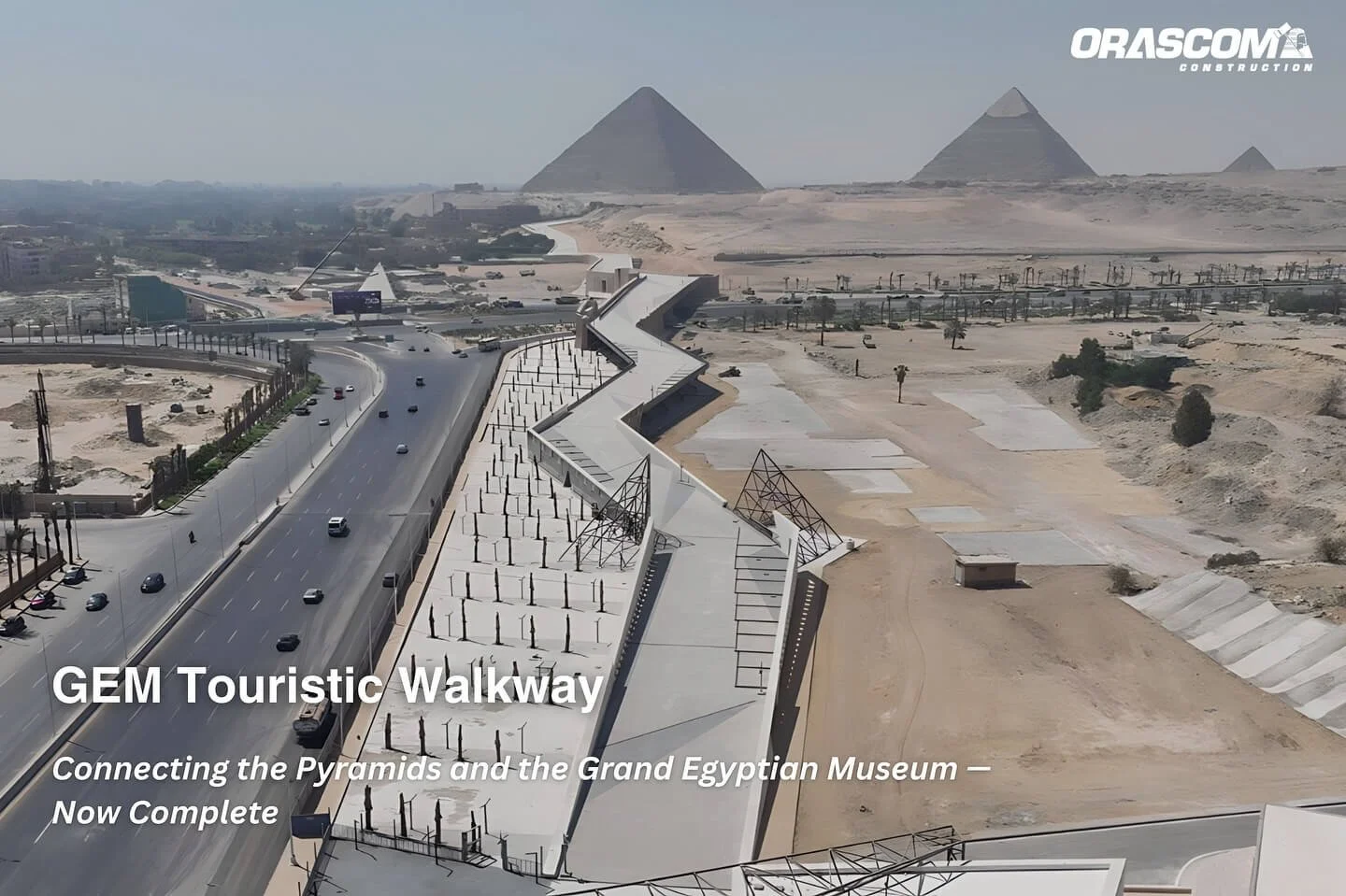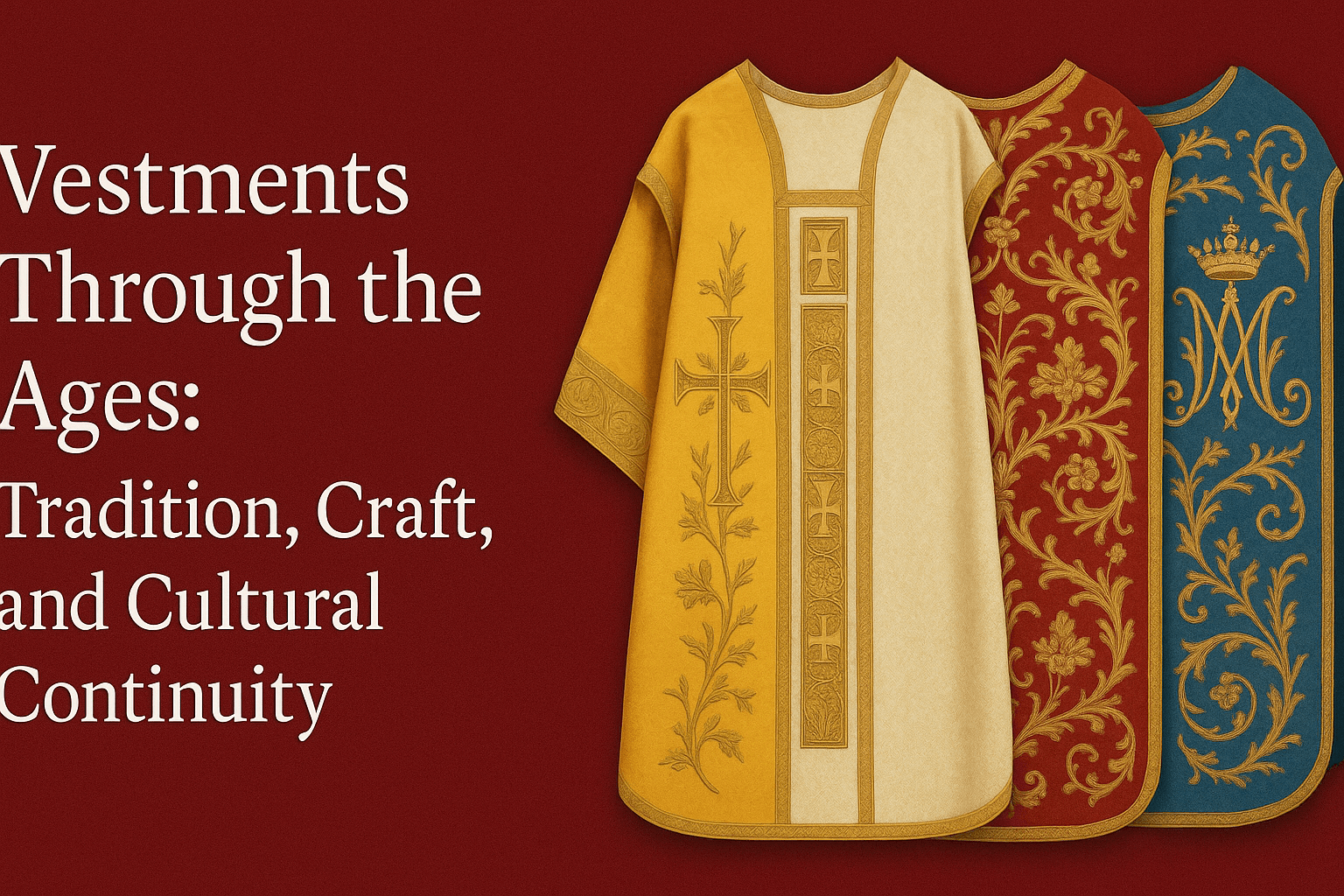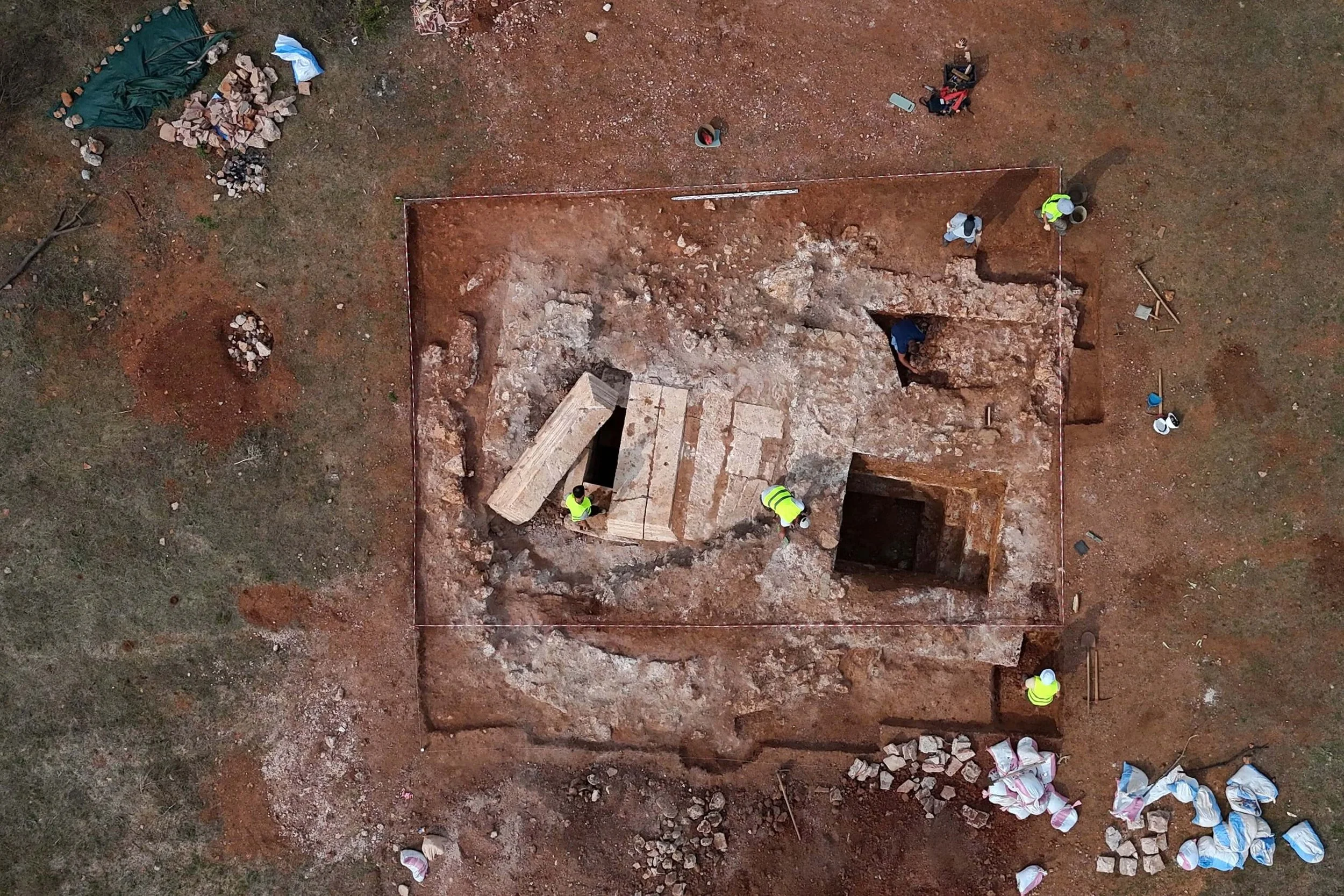A Shocking Discovery in the Gobi Desert
What started as routine excavation work for an underground water pipeline in Mongolia’s Gobi Desert quickly turned into a groundbreaking paleontological find. Instead of just uncovering layers of rock and soil, workers stumbled upon the fossilized remains of a previously unknown dinosaur species—one that bore a striking resemblance to a mix between Edward Scissorhands and a sloth.
The newfound dinosaur, identified as a member of the Therizinosaur group, stood on two legs, had a small head, a stout body, feathers, and a long neck. Despite its fearsome, curved claws, this prehistoric creature was not a bloodthirsty predator but rather a harmless plant-eater.
Meet Duonychus tsogtbaatar: The Two-Clawed Giant
Living approximately 90 to 95 million years ago, the newly identified species has been named Duonychus tsogtbaatar, or "Tsogtbaatar’s Two-Claw," in honor of Mongolian paleontologist Khosbayar Tsogtbaatar. The dinosaur measured around three meters (10 feet) in length, weighed about 250 kilograms (550 pounds), and had massive 30-centimeter (12-inch) claws.
Therizinosaurs were known for their long claws, but what sets Duonychus apart is that it is the only known member of its group to have had two fingers instead of three. Even more remarkably, one of the claws still retains traces of keratin—the same protein found in human fingernails—a rare and invaluable find in paleontology. Unlike human nails, dinosaur claws had bones inside them, making them much more rigid and powerful.
A Closer Look at an Ancient Plant-Eater
According to Yoshitsugu Kobayashi of Hokkaido University in Japan, who led the study published in iScience, the presence of keratin offers fresh insights into how these dinosaurs used their claws. It’s believed that Duonychus may have used them to grasp tree branches while feeding—much like modern sloths. However, researchers don’t rule out the possibility that the claws also served a defensive purpose.
The nearly complete skeleton, missing only the head and hind legs, is thought to have belonged to a juvenile. This dinosaur lived in a semi-arid environment alongside other therizinosaurs and an early relative of the Tyrannosaurus, known as Alectrosaurus.
While both therizinosaurs and tyrannosaurs belonged to the theropod group, their diets couldn’t have been more different—therizinosaurs were herbivores, whereas their infamous relatives were carnivorous predators.
The discovery of Duonychus tsogtbaatar adds yet another fascinating piece to the puzzle of prehistoric life, further deepening our understanding of the strange and diverse creatures that once roamed the Earth.















































